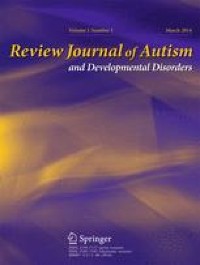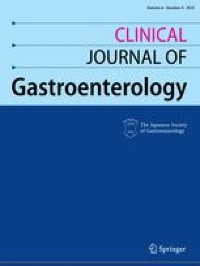Abstract
Objectives
Measurement of cerebral blood flow (CBF), cerebral blood volume (CBV), cerebral oxygen extraction fraction (OEF) and cerebral metabolic rate of oxygen (CMRO2) by PET with oxygen-15 labeled gases is useful for diagnosis and treatment planning in cases of chronic occlusive cerebrovascular disease. In the present study, CBF, CBV, OEF and CMRO2 were measured using the integrated design of PET/MRI scanner system. This is a first attempt to measure cerebral perfusion and oxygen metabolism using PET/MRI with oxygen-15 labeled gases.
Methods
PET/MRI measurements with the steady-state method of oxygen-15 labeled gases, carbon monoxide (C15O), oxygen (15O2), and carbon dioxide (C15O2) were performed on nine healthy men. Two kinds of attenuation correction for PET were performed using MRI with Dixon sequence (DIXON) and Dixon sequence with model-based bone segmentation (DIXONbone). A real-time motion correction of PET images was also performed using simultaneously measured MR images to detect head motion.
Results
Mean and SD values of CBF, CBV, OEF, and CMRO2 in the cerebral cortices with attenuation correction by DIXON were 31 ± 4 mL/100 mL/min, 2.7 ± 0.2 mL/mL, 0.40 ± 0.07, and 2.5 ± 0.3 mL/100 mL/min without real-time motion correction, and 33 ± 4 mL/100 mL/min, 2.7 ± 0.2 mL/mL, 0.40 ± 0.07, and 2.6 ± 0.3 mL/100 mL/min with real-time motion correction, respectively. Values with of CBF, CBV, OEF, and CMRO2 with attenuation correction by DIXONbone were 35 ± 5 mL/100 mL/min, 2.8 ± 0.2 mL/mL, 0.40 ± 0.07, and 2.8 ± 0.3 mL/100 mL/min without real-time motion correction, and 38 ± 5 mL/100 mL/min, 2.8 ± 0.2 mL/mL, 0.40 ± 0.07, and 3.0 ± 0.4 mL/100 mL/min with real-time motion correction, respectively.
Conclusions
Using PET/MRI with oxygen-15 labeled gases, CBF, CBV, OEF, and CMRO2 could be measured. Values of CBF, CBV, and CMRO2 measured with attenuation correction by DIXON were significantly lower than those measured with correction by DIXONbone. One of the reasons for this is that attenuation correction of DIXON does not take into consideration of the photon absorption by bone. OEF values, corresponding to ratios of CMRO2 to CBF, were not affected by attenuation correction methods. Values of CBF and CMRO2 with a real-time motion correction were significantly higher than those without correction. Using PET/MRI with adequate corrections, similar values of CBF, CBV, OEF, and CMRO2 as PET alone scanner system reported previously were obtained.
Trail registration
The UMIN clinical trial number: UMIN000033382.








